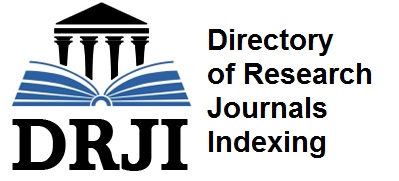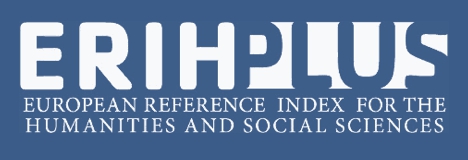La medina andalusina de Lleida en el segle XI: Identitat i societat
Lleida's Andalusian medina in the 11th century: Identity and society
Abstract
In Al-Andalus cities were first the centre of Emirate public power, befo-re becoming the heart of Caliphate authority. Starting in the city of Llei-da, this text analyses how from the eighth to the eleventh century, these urban areas evolved and consolida-ted as representatives of power. Simi-larly, these areas capitalised on the districts or cora through a network of cities and fortresses that afforded them internal cohesion. At the same time, an urban society based on common elements of identity and an ideological discourse related to the Ummayad dynasty gained structure and vigour. These “urban dwellers” represent a part of Andalusian socie-ty: Hispano-Visigothic in origin, they assumed the cultural hegemony of Islam, while coexisting with the new political-social context.
La ciutat a Alandalús és l’espai hege-mònic del poder públic emiral i po-steriorment califal. Partint de la ciutat de Lleida, analitzem la evolució des del segle VIII fins al segle XI de la consolidació dels espais urbans com a representants del poder. Talment, aquests, capitalitzen els districtes o cores, mitjançant una xarxa de ciutats i fortificacions que li donen cohesió interna. Paral•lelament, es vertebra i s’envigoritza una societat urbana par-tint d’elements comuns d’identitat i d’un discurs ideològic afí a la dinastia Omeia. La “gent de la ciutat” repre-senten una part de la societat andalu-sina, d’arrels hispano-visigodes, i alhora, assumeixen l’hegemo-nia cultural de l’Islam, tot convivint en la nova realitat político-social.

This work is licensed under a Creative Commons Attribution-NonCommercial 4.0 International License.
Authors who publish with this Journal agree to the following terms:
Authors retain copyright and grant the Journal right of first publication with the work simultaneously licensed under a Creative Commons Attribution-NonCommercial 4.0 International License.
This Journal permits and encourages authors to post items submitted to the Journal on personal websites or institutional repositories both prior to and after publication, while providing bibliographic details that credit, if applicable, its publication in this Journal.

















